Growing carrots from seed can be tricky, but with the right approach, you’ll enjoy a plentiful harvest of crisp, flavorful roots. These 13 essential tips will guide you through soil preparation, watering, thinning, and more to ensure your carrots grow strong and healthy!
Choose the Right Varieties
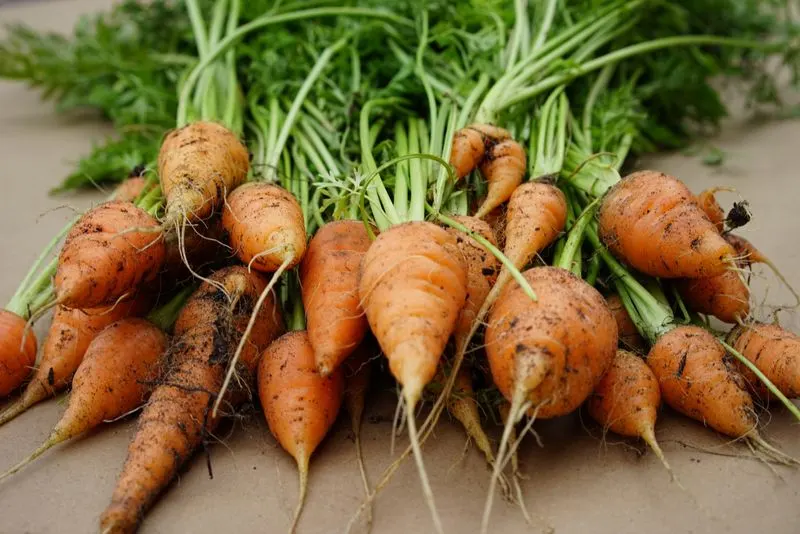
Selecting the appropriate carrot variety is crucial for success. Different varieties offer unique flavors and textures, so it’s essential to match them with your growing conditions and culinary preferences. Some varieties are better suited for clay soils, while others thrive in sandy environments. Consider the length and shape of the carrots you desire, as well as the color and taste profiles. Hybrid and heirloom seeds each have their own advantages, so research them to determine what best fits your needs. Experimenting with a few varieties can also provide insight into which ones perform best in your garden.
Optimal Soil Preparation
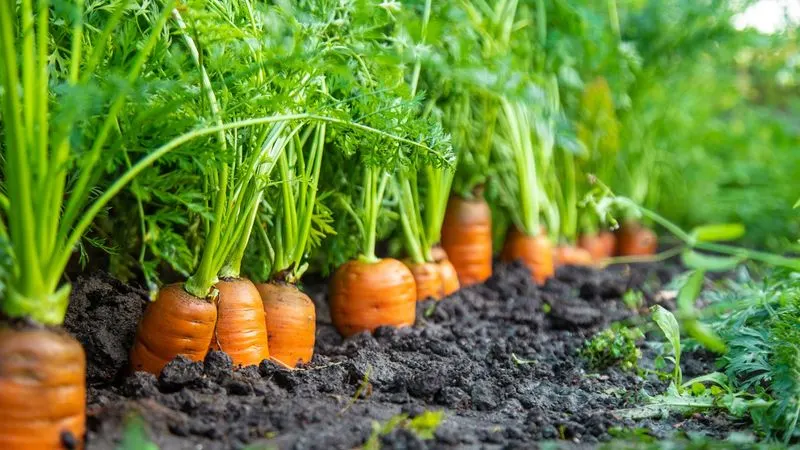
To encourage healthy root development, start with well-prepared soil. Carrots prefer loose, well-draining soil that is free of stones and debris. Begin by removing any rocks or hard clumps, then work in organic matter like compost or well-rotted manure. This not only improves soil structure but adds essential nutrients. Avoid high-nitrogen fertilizers, as they can lead to excessive foliage at the expense of root growth. If your soil is heavy clay, consider using raised beds to improve drainage. Regularly testing the soil’s pH and adjusting it to between 6.0 and 6.8 will also promote optimal growth.
Planting at the Right Time
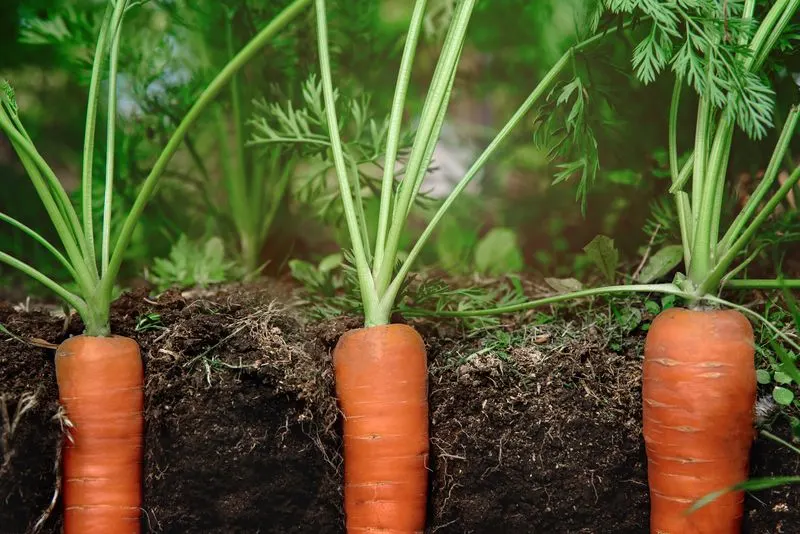
Timing your planting can make a world of difference. Carrots are cool-season crops that thrive when planted in early spring or late summer. These periods offer the moderate temperatures needed for germination and growth. Plant too early, and the seeds might struggle in cold, wet soil, while planting too late can expose young plants to intense summer heat. To stagger your harvest, consider succession planting every two to three weeks. This ensures a continual supply of fresh carrots. Monitoring weather forecasts can help you plan your planting dates effectively, avoiding adverse conditions.
Proper Seed Sowing Techniques
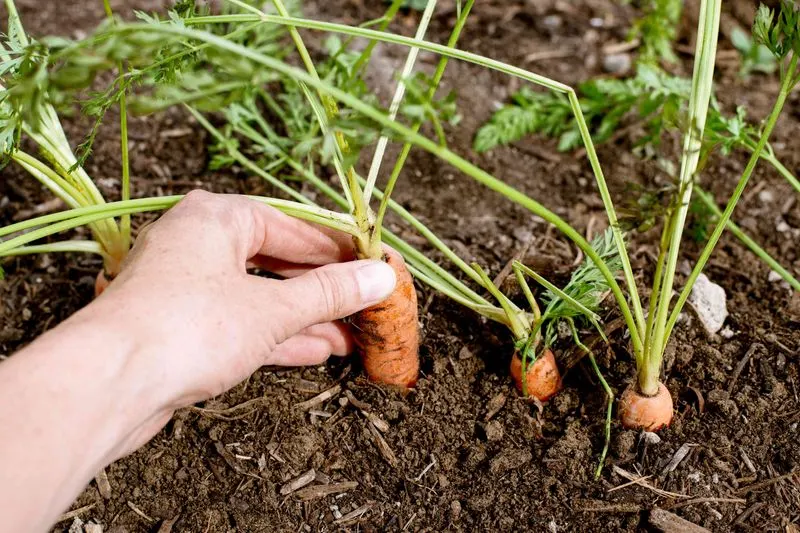
Sowing carrot seeds correctly ensures even germination and reduces thinning later. Carrot seeds are small and should be planted about a quarter of an inch deep. To achieve even distribution, consider mixing the seeds with sand. Carefully sprinkle them in rows, maintaining a distance of about an inch between seeds. Cover lightly with soil and water gently to avoid disturbing the seeds. Maintaining consistent moisture during germination is key. Consider using a fine mist or gentle watering can. Using seed tapes is another option for those seeking convenience and precision in spacing.
Thinning and Transplanting
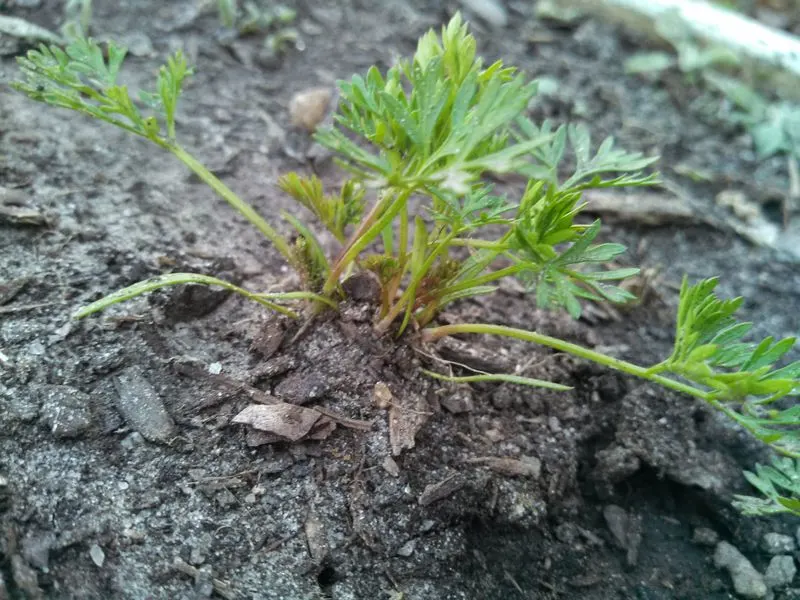
Once seedlings emerge, thinning becomes essential. Crowded seedlings compete for light, nutrients, and water, resulting in underdeveloped roots. Begin thinning when the plants reach about two inches in height, removing the weaker ones and leaving the strongest. Aim for a spacing of about two to three inches between plants. Transplanting is generally discouraged for carrots due to their delicate taproots. However, if necessary, do so with utmost care, ensuring minimal root disturbance. Regularly check for new growth and thin as needed to maintain healthy spacing throughout the growing season.
Consistent Watering Practices
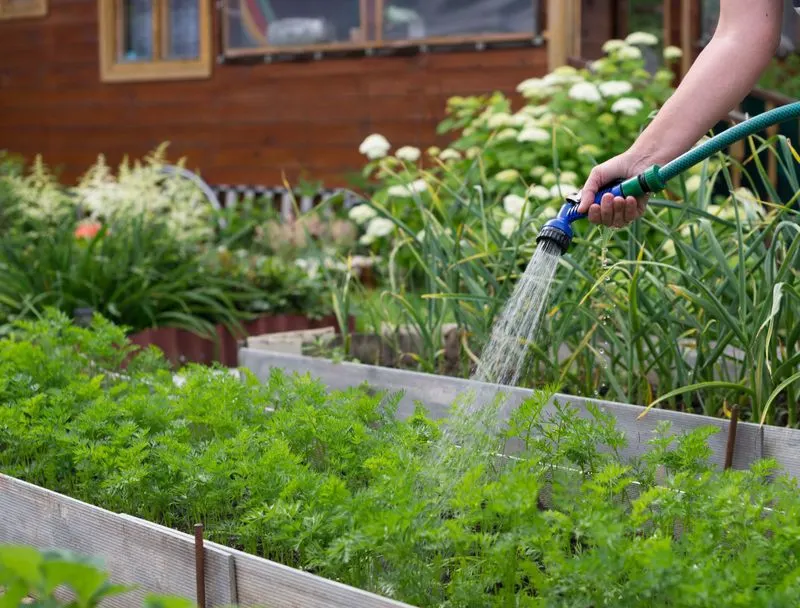
Steady moisture levels are crucial for carrot development. Inconsistent watering can lead to split or misshapen roots. Aim to provide about one inch of water per week, adjusting based on rainfall and soil conditions. A drip irrigation system or soaker hose can help maintain consistent moisture without waterlogging the soil. Mulching around the plants can also conserve moisture and reduce evaporation. Always water at the base of the plants to avoid wetting the foliage, which can promote disease. Observing the soil regularly will help you adjust your watering practices to meet the plants’ needs.
Managing Pests and Diseases
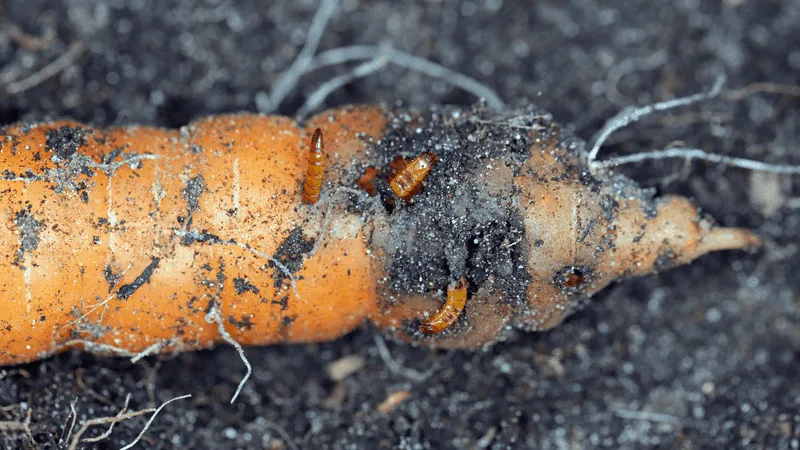
Keeping an eye out for pests and diseases can save your carrot crop. Carrot rust fly larvae and aphids are common culprits, while fungal diseases can thrive in damp conditions. Regularly inspect your plants for signs of trouble, such as wilting or discolored leaves. Encourage beneficial insects like ladybugs and lacewings to help manage pest populations. Crop rotation and interplanting carrots with onions can also deter pests. For disease management, ensure proper spacing and airflow, and remove any infected plants promptly. Natural remedies and organic pesticides are available if intervention becomes necessary.
Mulching for Soil Health
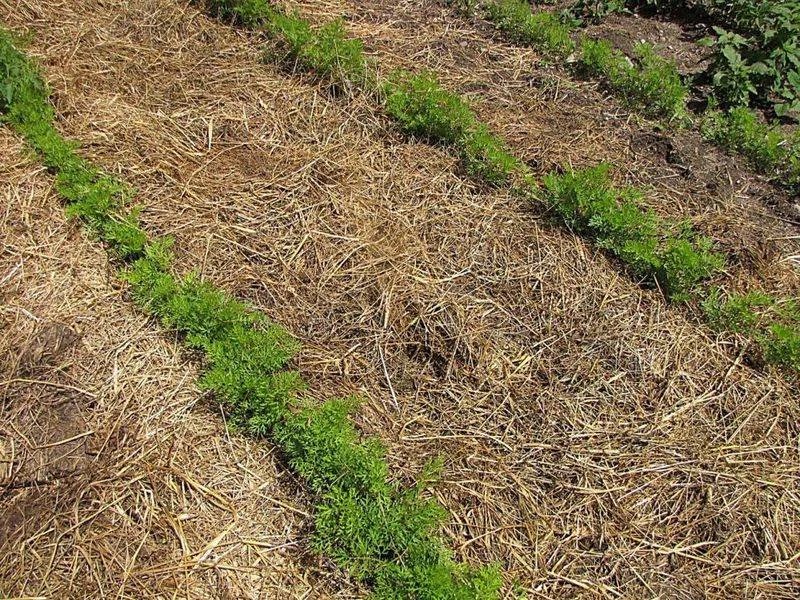
Mulching offers multiple benefits for carrot cultivation. It helps retain soil moisture, suppresses weed growth, and can even moderate soil temperature fluctuations. Organic mulches, such as straw or shredded leaves, gradually break down and enrich the soil. Apply a thin layer around the base of the plants, being careful not to smother the seedlings. As the carrots grow, the mulch will provide ongoing protection and contribute to overall soil health. Regularly check for compaction and refresh the mulch as needed. This simple practice can lead to healthier, more robust carrot plants.
Fertilizing Wisely

Feeding carrots properly ensures they receive the necessary nutrients without overwhelming them. Choose a balanced, low-nitrogen fertilizer to support root development rather than foliage. Apply the fertilizer sparingly, as over-fertilization can result in forked or misshaped roots. Side-dressing with compost midway through the growing season can provide a gentle nutrient boost. Pay attention to the plants’ appearance; pale or stunted growth may signal nutrient deficiencies. Foliar feeds can offer a quick remedy in such cases. Always read and follow the application instructions to avoid damaging your plants.
Harvesting at the Right Time
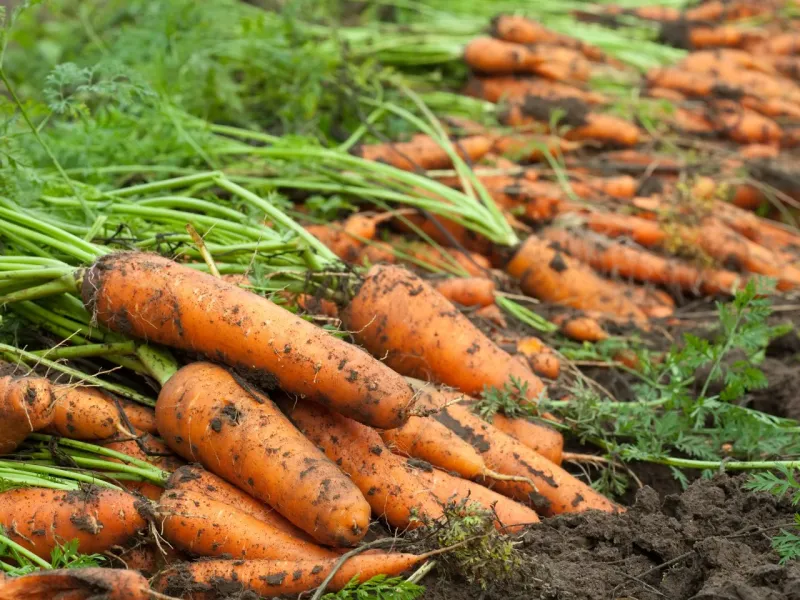
Knowing when to harvest ensures carrots are at their peak flavor and texture. Most carrot varieties take about 70 to 80 days to mature, but checking the diameter of the roots is a more reliable indicator. Gently pull back some soil to inspect their size, typically aiming for a diameter of about half an inch to an inch. Harvesting too early might yield small, underdeveloped roots, while waiting too long can result in woody textures. Use a garden fork to loosen the soil around the carrots before pulling them out to avoid breaking the roots.
Storing Carrots Properly

Proper storage maximizes the longevity of your carrot harvest. Start by gently brushing off any soil, avoiding washing them until ready to use. Trim the green tops to prevent moisture loss. Store the carrots in a cool, humid environment, ideally around 32 to 38 degrees Fahrenheit. A root cellar or refrigerator crisper drawer works well. For extended storage, consider layering the carrots in damp sand or sawdust. Regularly check for rot or decay, removing any affected carrots promptly. With the right conditions, your carrots can remain fresh and flavorful for several months.
Dealing with Unfavorable Weather
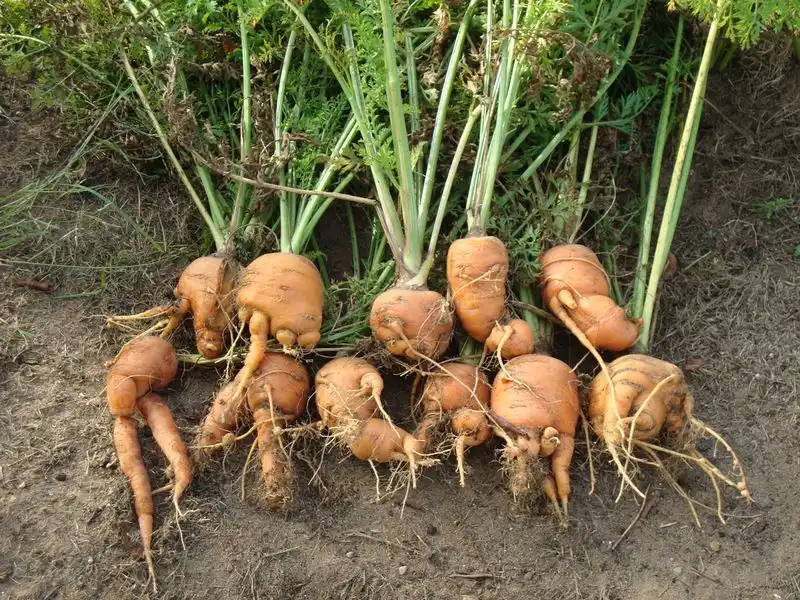
Adapting to weather challenges can protect your carrot crop. Install row covers to shield young plants from unexpected frosts or excessive heat. These covers also deter pests while allowing sunlight and moisture to penetrate. For heavy rainfall, ensure proper drainage to prevent waterlogging. In times of drought, increase your watering frequency while maintaining consistent moisture levels. Understanding your local climate patterns helps in planning and preparation. If extreme weather conditions persist, additional measures such as windbreaks or shade cloths might be necessary to protect your plants.
Continuous Learning and Experimentation

Gardening is an evolving journey, and there’s always something new to learn. Experimenting with different techniques and varieties can yield valuable insights. Keep a garden journal to document your successes and challenges, noting the dates, weather conditions, and any pest issues you encounter. Joining gardening clubs or online forums provides access to a wealth of knowledge and shared experiences. Embrace the trial and error process, as each growing season offers unique learning opportunities. Stay curious and open-minded, and you’ll continue to improve your carrot-growing skills year after year.

